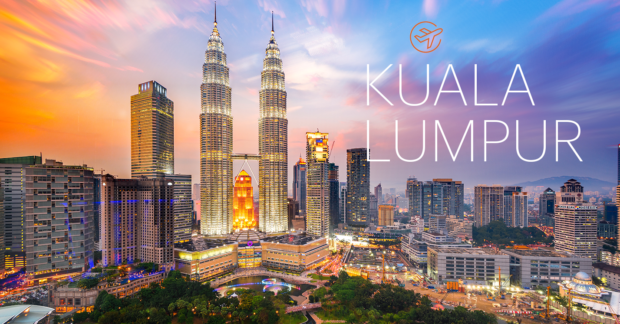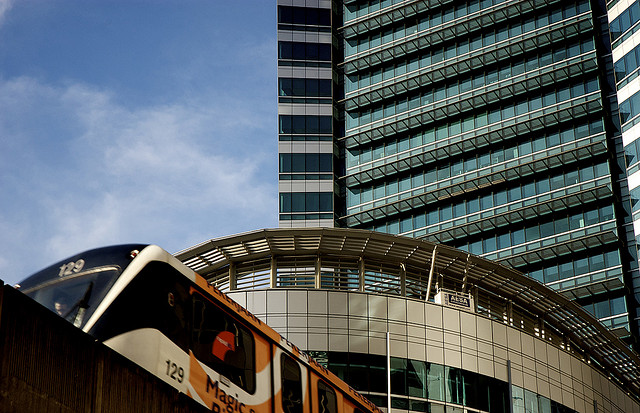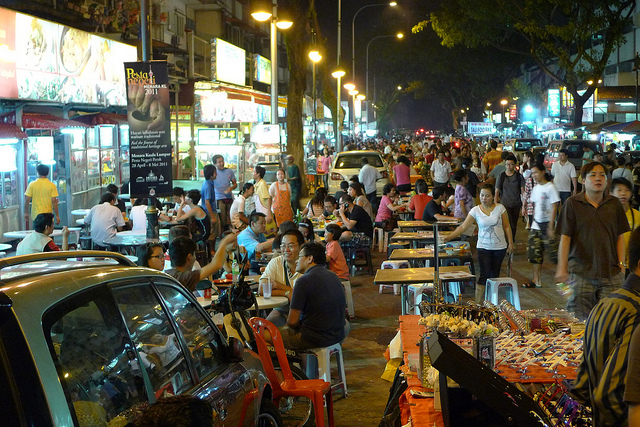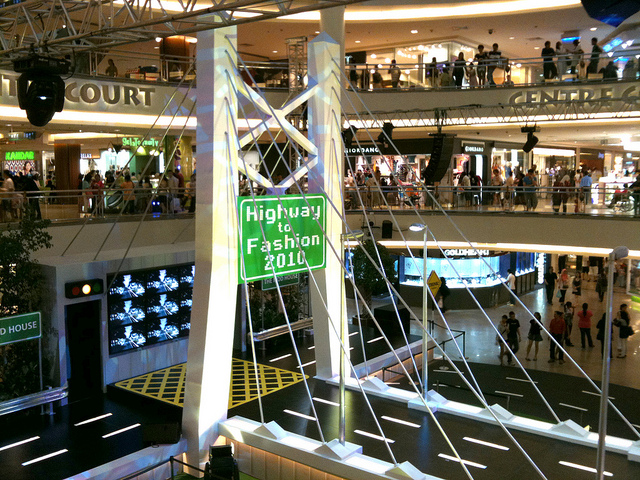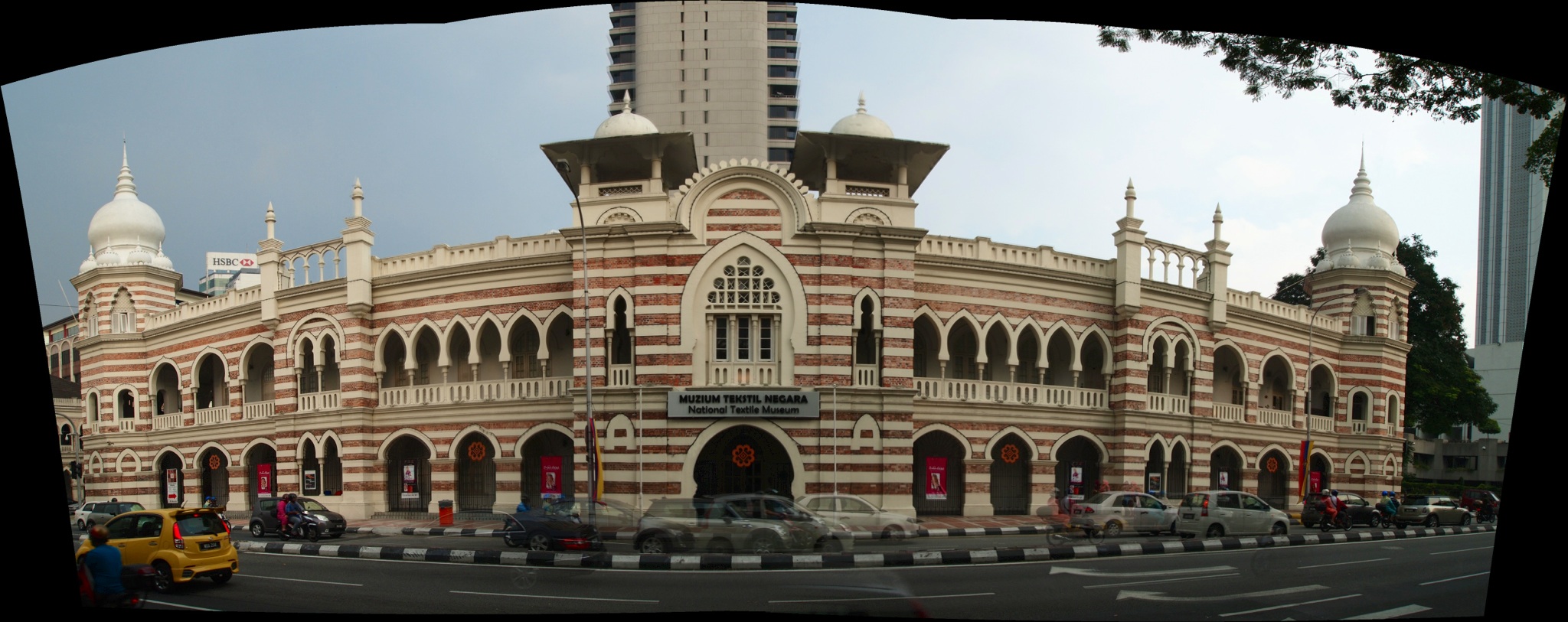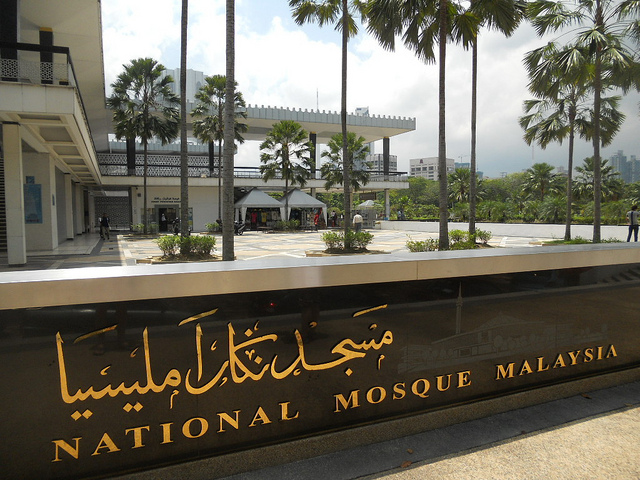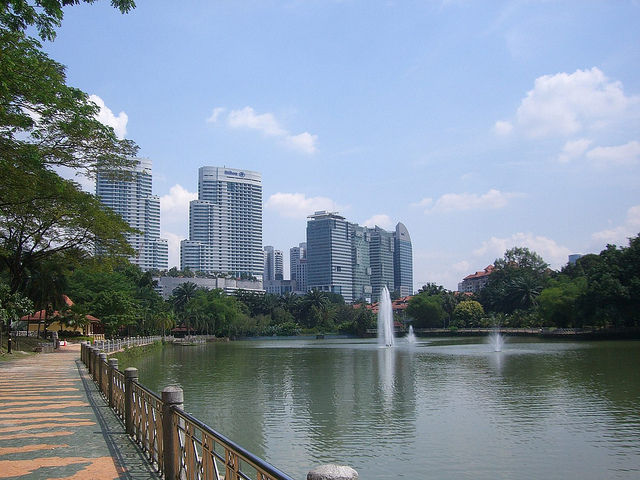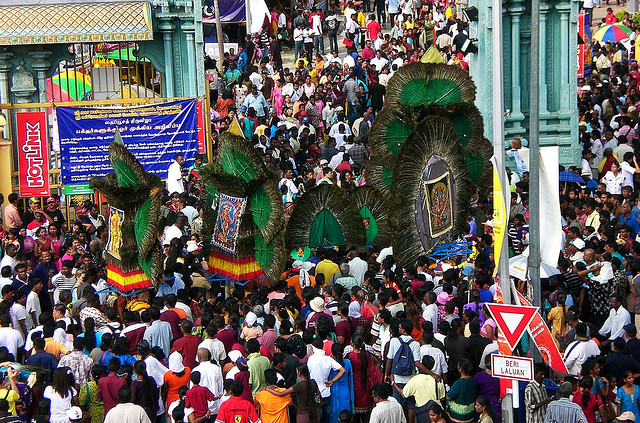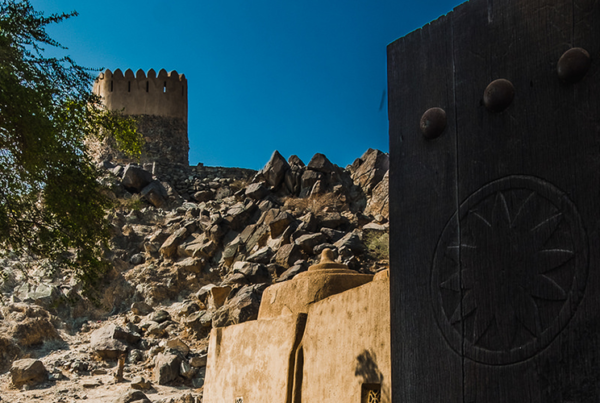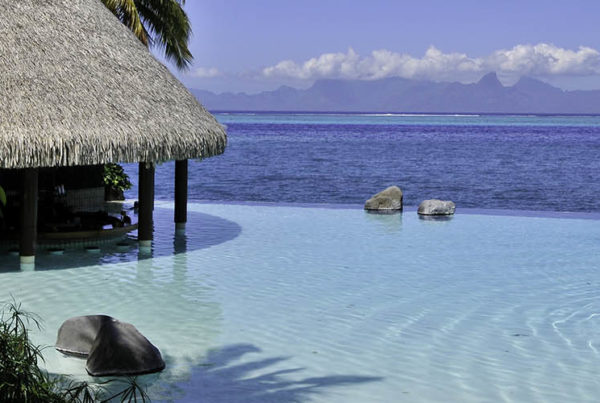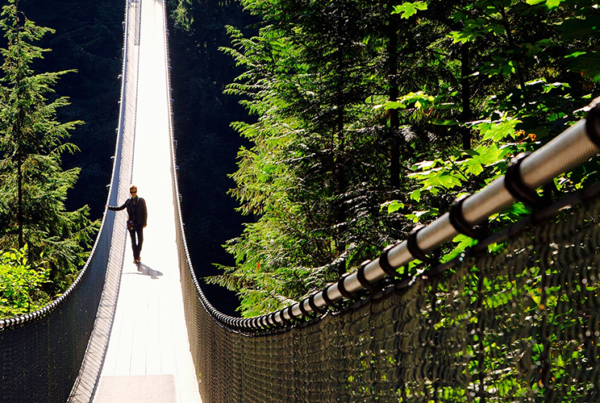Kuala Lumpur entices visitors with its world-class attractions and top-notch restaurants, but it also enthralls by mixing Malay, Chinese, and Indian cultures. Affectionately known as KL, the city is dotted with imposing modern skyscrapers, luscious parks, streets lined with food carts and varied historical buildings. As the capital of Malaysia and a major cosmopolitan center for the region, Kuala Lumpur offers a slew of experiences for travellers. Whether it’s a 24-hour visit or a longer stay, here’s everything you need to know to visit this beautiful city.
The basics
Getting there
If you travel to KL by plane, you’ll land at Kuala Lumpur International Airport (KLIA), which connects to major airports in Europe and around the world. This shiny air hub was inaugurated in 1998 and lies 50 km (31 miles) south of the city. From there, you can hop on the non-stop KLIA Ekspres train for a reasonably-priced half-hour trip to downtown. Also available are buses, taxes, or car-hires, but they generally take an hour to complete the trip.
Climate
Kuala Lumpur enjoys a tropical wet climate. Annual temperatures average 26 degrees Celsius (97 Fahrenheit) but can rise to over 33 degrees (91 Fahrenheit) at noon and dip below 22 degrees (71 Fahrenheit) at night. There’s little seasonal variation. You could bring an umbrella to brave the rainier months of March, April, October, and November, unless you deal with rain like the locals do. They wait out the torrential downpours under an awning or in a restaurant, knowing any deluge typically lasts only 10 to 30 minutes.
Getting around
If you’re near one of its stations, the LRT (Light Rail Transit) is the most efficient and inexpensive way to travel inside the city. This transit system consists of the air-conditioned RapidKL, KTM Komuter and KL Monorail. The Monorail, for example, soars above the city for top-level views and lands at its stations every four minutes or so. To avoid fumbling for change, buy a prepaid Touch ‘N Go card that you can swipe to enter a station gate.
Taxis can take you where the metro cannot go but can be expensive unless you’re with a group. Technically, drivers are supposed to use the metre when they pick up fares, but many demand a fixed payment if they see a tourist. Ask a local what a reasonable charge might be for the trip and be prepared to give more. Uber is also available in Kuala Lumpur.
Unique eats
If you develop a craving for Italian, French, Japanese, or prefer your home cuisine, you’ll easily find satisfaction in Kuala Lumpur’s range of international restaurants. Some examples include:
- Torii, a yakitori specialist that also serves whiskey and sake
- Frangipani, which features elegant French dining
- Marini’s on 57, which asks you wear the right outfit before you can dine on Italian dishes from the 57th floor of the Petronas Twin Towers.
- Bijan, voted five consecutive years as “Best Malay” in the Time Out KL Food Awards.
- Fierce Curry House Bangsar is the go-to place for Indian biryani
- Food courts let you sample many types of cuisines in one location. Head for Ming Tien, a 24-hour gathering of at least 60 stalls or the local and Asian specialties at SS2 Selera Malam, which is open only from 5 p.m. to midnight.

World-class entertainment
The Muslim majority is forbidden from consuming alcohol, which prevents many from entering bars. But that doesn’t stop drinking establishments from serving the needs of tourists.
Zouk is considered the top night club in the country and is often presided over by international DJs. Seven distinct spaces vie for your attention by allowing everything from uninhibited dancing on multi-level platforms ringed by over 20 video screens to kicking back in the tranquil atmosphere of a roof garden with a water feature.
For more traditional entertainment, turn to the Sutra Dance Theatre, a haven for Indian classical dance helmed by Malaysian dance icon Ramli Ibrahim. The theatre also teaches performance in its academy and exhibits work in its gallery.
If your idea of a night out is hobnobbing with good friends over a cup of joe, then meet your fellow hipsters at the Aku Cafe and Gallery. As you enjoy the ever-changing art exhibits, take a sip of hand-drip or siphon-brewed coffee formed from the fusion of local and international beans.
Unmatched shopping
As the country’s economic centre, Kuala Lumpur can keep you occupied for days on shopping alone. You’ll find everything from native handicrafts to high-tech electronics in ancient Chinese shop houses and glitzy modern shopping centres.
Megamalls
Mid Valley Megamall is the biggest in the city and one of the largest in the world. It sprawls over 420,000 square metres and contains more than 430 shops, a cineplex, and food courts spanning four floors plus a basement.
From Mid Valley, take the underground corridor or a covered pedestrian bridge to reach The Gardens, an upscale six-story complex that features luxury global brands.
Located in the centre of trendy Bukit Bintang, Pavilion Kuala Lumpur is arguably KL’s most popular merchandise mecca. You’ll find offerings from local designers as well as international retailers among seven storeys of interior shops and outdoor boutiques.
Traditional bargains
For outdoor bargain-hunting in a fun atmosphere, head for the stalls of Petaling Street (Jalan Petaling) where you’re expected to haggle with assertive merchants for the price of sunglasses, trainers, watches, and imitation designer wares.
Another destination for high-quality Malaysian arts and crafts is Kompleks Kraf Kuala Lumpur. You can observe the artisans at work in the village bungalows that huddle behind the complex.
Want even more of a deal? Then say yes to the annual Year End Sale that occurs country-wide from mid-November to early January. Discounts of up to 50 percent are available on some items, and the festive atmosphere, complete with carnivals, public performances, and lucky draws, will entertain.
Amazing attractions
One of the best reasons for travelling is so you can marvel at sights, sounds, and activities that are difficult or impossible to find in your own country.
Museums
The National Museum tells you everything you wanted to know about the country with four galleries that detail Early History, Malay Kingdoms, the Colonial Era, and Malaysia Today.
With its distinctive pyramidal architecture, the National Visual Arts Gallery preserves more than 4,000 pieces of modern and contemporary Malaysian art. Temporary exhibits rotate Asian and international works. Next to the gallery, performing arts get their due at the National Theatre.
The Victorian heritage building that once housed the city’s railway station now contains the National Textile Museum, which was founded in 2010. Four galleries exhibit tools and techniques, traditional clothes, cultural fashions, accessories and adornments made with cotton, silk, gold, and native plants.
Religion
If you have time for only one religious shrine then make the trek to the Batu Caves about 13 kilometres north of KL. The exterior of this natural wonder is guarded by the 42-metre high gold-painted statue of Lord Murugan, the Hindu god of war. Climb the 272 concrete steps while dodging resident monkeys to reach the biggest of the caverns — the Cathedral Cave, which is dominated by a ceiling that towers 100 metres above the natural floor.
When not busy with its five-times-a-day services for the Muslim majority, the National Mosque welcomes visitors. Multiple 73-metre-high minarets and a 16-point concrete star crown the roof and the interior holds up to 15,000 worshippers. The 13 acres of gardens surrounding the edifice contains soothing pools and fountains.
The four-level Thean Hou Temple serves the Chinese community. You can shop for souvenirs and refreshments on the first level and then rise to the prayer hall at the top, which is decorated with dragons. Three deities, represented by golden sculptures, look over any spiritual services: The Goddess of Fisherman (Thean Hou), the Goddess of Mercy, and the Goddess of the Waterfront.
Parks
Dating back to 1888, the Lake Gardens boast greenery that extends over 92 hectares and encompasses two man-made lakes, several gardens, and animal sanctuaries. The Bird Park houses over 200 species, the Butterfly Park delights with 120 species, and the Deer Park allows feeding of its varieties of deer. The Orchid Gardens reveals over 600 species of the prized plant. Walking from garden to garden can tire your feet. In that case, catch the shuttle, which only costs a small fee.
If you want to admire a larger collection of animals, the National Zoo displays over 5,137 animal specimens from 476 species in over 110 acres. The open concept puts over 90 percent of the animals in environments that model its natural habitats.
For creatures of the swimming kind, Aquaria KLCC exhibits such rarities as the Giant Blotched Fantail Ray, Sand-Tiger Sharks, and the Red-Bellied Piranha. A 90-metre underwater tunnel puts you in the middle of the action by allowing the aquatic denizens to swim around you.
Technology
Looking like a blue mosque, the National Planetarium explains the stars through an Omnimax-style screen that forms part of the ceiling. Other galleries display the spacesuit of the first Malaysian astronaut, an interior mock-up of the International Space Station, and models of ancient Chinese and Indian observatories.
The nation’s largest indoor theme park, the Berjaya Times Square Theme Park, thrills visitors with rides and attractions occupying over 12,000 square metres. The little ones will like the pint-sized pleasures of Fantasy Garden, such as touring with the colourful Botanic Drive safari jeeps or taking to the air in the Flying Bumble Bee. The Galaxy Station excites adults with such adrenaline attractions as the Supersonic Odyssey, the region’s longest multiple-inverted roller coaster.
Once the world’s tallest buildings, the Petronas Twin Towers still amaze at 73.5 metres (240 feet). If you intend on reaching the highest public point on the 86th floor, book in person as far in advance as possible because the limited tickets go quickly. Barring that, you can shop sans reservations at the Suria KLCC, a megamall located at the foot of the edifices.
Fun festivals
To appease its multi-ethnic populace, Kuala Lumpur celebrates all the Malay, Chinese, and Indian holidays and throws in a few Western holidays for good measure. This means there’s hardly a month that goes by without one or more major celebrations:
- January and February typically welcomes Thaipusam, a Hindu day of penance, prayer and fasting, and Chinese New Year, marked by feasting, decorating, and fire crackers.
- In May, Wesak Day honours the birth of Buddha with light displays, the offering of alms to monks, and a candlelight procession.
- On the first Saturday in June, the King’s Birthday brings out the Trooping of the Colours (Video) accompanied by a marching band. That’s not his real birthday — just a symbolic one.
- The National Day on Aug. 31 commemorates the Independence of the Federation of Malaya from British rule. Flags and parades form the highlights of this holiday.
- Falling on the ninth month of the Islamic calendar, which differs every year on the Gregorian calendar, Ramadan is a month of fasting, broken only by food and drink before dawn and after sunset.
- Christmas is celebrated on Dec. 25 by many to the delight of city shop keepers. On New Year’s Eve, people look for views of the Petronas Towers, which are crowned by fireworks displays when midnight strikes.

